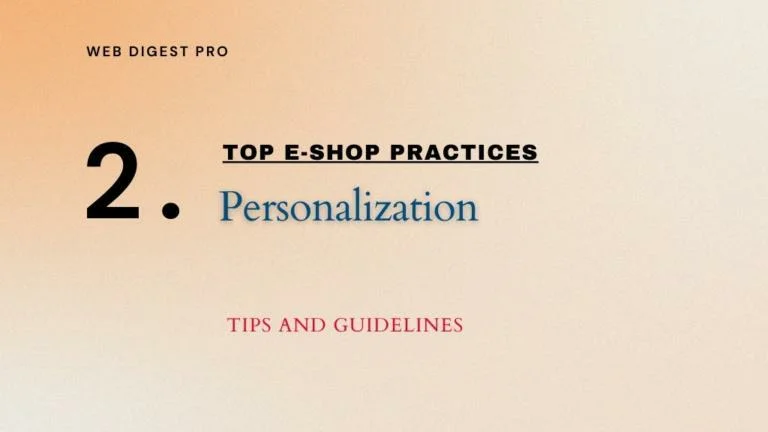In 2026 the focus turns to governance and reliability. This article distills current evidence from 2025 and predictions for 2026 on agentic AI, post quantum cryptography, Level 4 autonomy, closed loop wearables, and mobile robotics, offering a clear snapshot of how each area is evolving with links to source material.
What follows is an objective synthesis of recent reports and technical literature. It summarizes published sources and does not express personal opinions.
Generative AI Advances
Generative AI is expanding into agentic systems. These are autonomous software agents that can plan, call tools, and complete multi step workflows with limited prompting. They act as reasoning engines that plan workflows, use tools, access data, and execute defined goals. (Deloitte explainer)
Forecasts suggest growing pilot activity for agentic AI between 2025 and 2027. Adoption remains uneven by industry and use case. (Deloitte 2025 predictions)
Governance is a core theme in enterprise literature. Reported concerns include model drift, emergent behavior, and multi agent risk. Guidance highlights traceability, testing, and audit readiness. (Governance framework)
Vendors are positioning platforms that integrate with existing systems. These examples are provided for context and not as endorsements. (Zora AI overview)
Quantum Computing and Security
Research indicates potential advantages for quantum methods in protein folding, complex simulation, and combinatorial optimization. In security communities the focus is on post quantum cryptography migration to mitigate the harvest now decrypt later risk.
Government guidance recommends early planning and crypto agility for systems that will store sensitive data over long horizons. (ACSC PQC guidance)
Industry roadmaps outline staged migration phases that include preparation, baseline, planning, and execution. These frameworks help organizations prioritize long lived data and critical services. (PQC migration roadmap)
Some jurisdictions have announced goals for phasing out weaker algorithms by 2030. This frames a policy context that influences enterprise timelines. (Algorithm phase out report)
Autonomous Vehicles Progress
Autonomous vehicles are concentrating on Level 4 deployments in geofenced logistics and ride hailing. Progress is linked to multimodal sensor fusion across camera, lidar, radar, and inertial data. Operational Design Domains define where the system is intended to operate reliably.
Regulatory guidance in the United States continues to evolve for testing and deployment with emphasis on data transparency and measurable performance. (NHTSA automated driving systems hub)
Advanced Wearables
Wearables are moving from passive tracking to closed loop functions that can trigger therapeutic responses in real time. A common example is the artificial pancreas which pairs continuous glucose monitoring with automated insulin delivery. (Closed loop diabetes systems overview)
Regulatory materials increasingly classify such systems as Software as a Medical Device. This classification requires clinical validation, traceability, and post market surveillance. (FDA SaMD guidance)
Reviews point to broader predictive applications that include ECG based arrhythmia prediction and multi sensor forecasting supported by flexible, skin conformal devices. (Annual Review on wearables in medicine)
Robotics in the Real World
Robotics literature and demonstrations describe a shift toward mobile manipulation. The aim is to combine locomotion with dexterous control in unstructured spaces.
Deep reinforcement learning and sim to real training appear to improve transfer for grasping, placement, and tool use while reducing manual rule engineering. (Survey on DRL for robotic manipulation)
Industry demos highlight advances in locomotion and manipulation across variable environments. (Boston Dynamics resources)
Signals to watch in 2026
- Agent pilots moving from proof of concept to narrow production.
- Post quantum migration milestones and government timelines.
- Level 4 autonomous vehicle permits and expansion of geofenced routes.
- Clinical approvals and large trials for closed loop wearables.
- Stronger evidence of simulation to real transfer in robotics.
FAQs
What does agentic AI mean here?
Agentic AI refers to software agents that plan and execute multi step tasks with limited prompting. They use tools, access data, and pursue defined goals with traceability and safety controls.
How mature are agentic AI deployments in 2026?
Reports indicate rising pilot activity in select workflows, with uneven adoption by sector. Most implementations remain experimental and closely governed.
What is post quantum cryptography and why is it timely?
Post quantum cryptography uses algorithms believed to resist quantum attacks. Interest is growing because of the harvest now decrypt later risk, where encrypted data captured today could be decrypted in the future.
What is harvest now decrypt later in plain terms?
Adversaries store encrypted traffic now and wait until quantum capability is available to decrypt it. This places long lived data at higher risk.
Where is Level 4 autonomy showing progress?
Evidence centers on geofenced operations such as logistics routes and defined urban service areas. Performance depends on clear operational design domains and multimodal sensing.
What qualifies as closed loop wearables in this article?
Devices that sense a health signal and trigger an automated therapeutic response. An example is continuous glucose monitoring paired with automated insulin delivery.
What is mobile manipulation in robotics and why does it matter?
Mobile manipulation combines locomotion with dexterous control in changing environments. Research highlights deep reinforcement learning and sim to real methods that improve transfer to real tasks.
What constraints recur across these trends?
Governance, reliability, data quality, and regulation appear frequently. Cost, compute demands, and evaluation standards also influence timelines.
Which areas are most likely to shift during 2026?
Agent pilots in enterprise workflows, post quantum planning milestones, and targeted level 4 deployments are active. Closed loop health devices and mobile robotics show momentum but depend on validation and regulation.
Subscribe to our newsletter!












Really insightful read. I like how you’ve broken down the topic in a way that’s easy to follow. Tech keeps evolving fast, and posts like this help make sense of where things are headed.